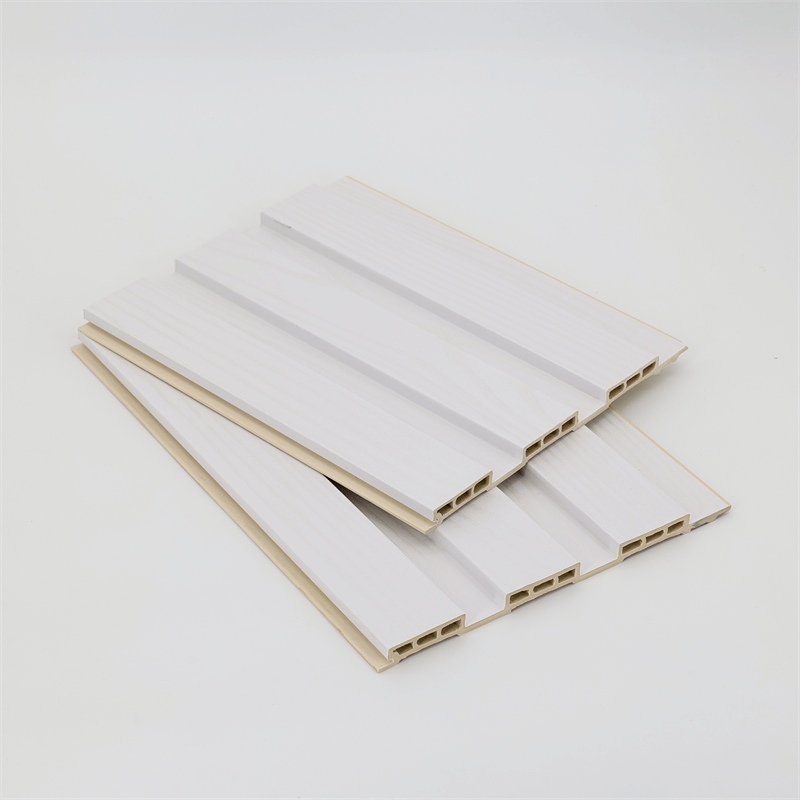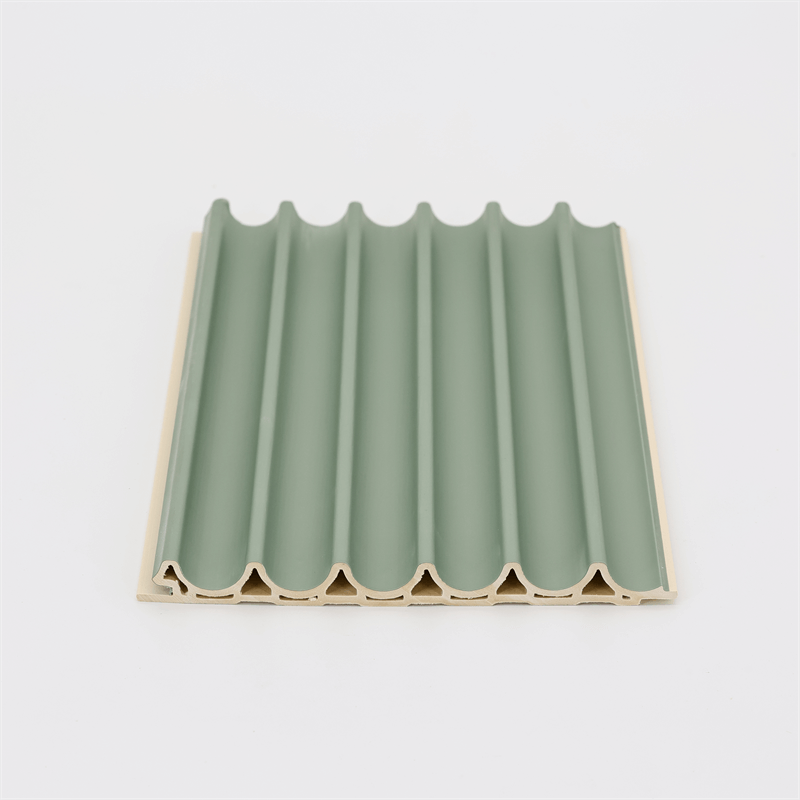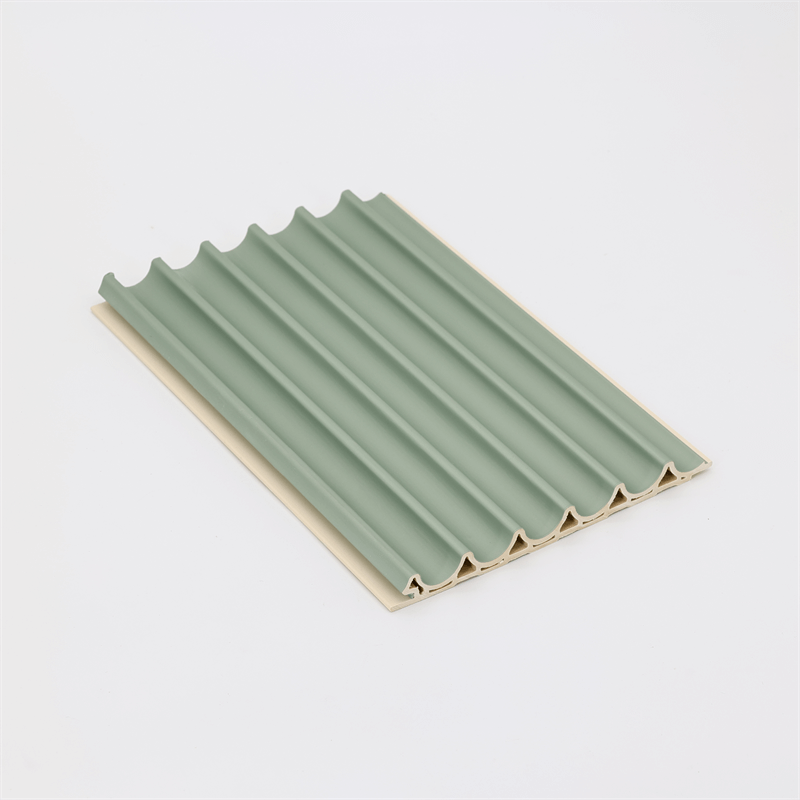In the realm of interior and exterior design, the choice of wall materials can significantly impact the overall aesthetic appeal of a space.
Wood-Plastic Composite (WPC) wall panels have emerged as a versatile and innovative option, capable of transforming the functional aspects of walls into stunning visual statements.
This essay explores the potential of WPC wall panels in bridging the gap between functionality and aesthetics.
It delves into the functional advantages of WPC panels, their aesthetic versatility, the possibilities for customization, and their role in elevating the design of interior and exterior spaces.
I. Functional Advantages of WPC Wall Panels:
WPC wall panels offer a range of functional advantages that set them apart from traditional wall materials.
Firstly, these panels are known for their exceptional durability and strength. Unlike conventional materials like drywall or plaster, WPC panels are resistant to moisture, impact, and decay.
This durability ensures that walls maintain their structural integrity and appearance over time, reducing the need for frequent repairs or replacements.
Additionally, WPC panels are easy to clean, maintain, and are resistant to stains, making them ideal for areas prone to spills or dirt accumulation.
II. Aesthetic Versatility of WPC Wall Panels:
WPC wall panels unleash a new world of aesthetic possibilities in interior and exterior design.
These panels come in a wide range of colors, textures, and finishes, allowing designers and homeowners to achieve their desired look.
Whether aiming for a contemporary, rustic, or industrial style, WPC panels can effortlessly adapt to various design themes.
The realistic replication of natural materials, such as wood grains or stone textures, further enhances their aesthetic appeal.
WPC panels have the ability to transform plain walls into visually captivating focal points, elevating the overall design of a space.
III. Customization Options and Personalization:
One of the remarkable features of WPC wall panels is their versatility in customization.
These panels can be easily cut, shaped, and molded to fit specific design requirements.
Whether it’s creating unique patterns, incorporating decorative elements, or installing them in non-traditional layouts, WPC panels offer endless possibilities for personalization.
Designers and homeowners can unleash their creativity and bring their vision to life, turning ordinary walls into works of art.
The ability to customize WPC panels allows for truly unique and individualized spaces, reflecting the personality and style preferences of the occupants.
IV. Elevating Interior and Exterior Design:
WPC wall panels play a transformative role in elevating the design of interior and exterior spaces.
In interior design, these panels can be used as feature walls, creating focal points and adding depth and texture to a room.
The ability to choose from a variety of colors, textures, and finishes allows designers to create spaces that evoke different moods and atmospheres.
In exterior design, WPC panels serve as cladding options, enhancing the aesthetics of the façade while providing insulation and protection.
The versatility and aesthetic versatility of WPC panels enable designers and homeowners to create cohesive and visually stunning spaces that leave a lasting impression.
Wood-Plastic Composite (WPC) wall panels have revolutionized the concept of walls in interior and exterior design.
By combining functionality and aesthetics, these panels have unleashed the potential to transform plain walls into captivating focal points.
The functional advantages of durability, moisture resistance, and easy maintenance make WPC panels a practical choice for any space.
The aesthetic versatility of WPC panels, with their wide range of colors, textures, and finishes, allows for creative expression and design customization.
Whether used as feature walls indoors or cladding options outdoors, WPC panels elevate the design of spaces and create visually stunning environments.
In conclusion, WPC wall panels have bridged the gap between functionality and aesthetics, offering a range of benefits that go beyond conventional wall materials.
Their durability, ease of maintenance, aesthetic versatility, and customization options make them a game-changer in the world of interior and exterior design.
By embracing the potential of WPC panels, designers and homeowners can unleash their creativity and create visually captivating spaces that leave a lasting impression.
From functionality to aesthetics, WPC wall panels have revolutionized the way we perceive and design walls, opening up a world of possibilities for transformative and visually stunning environments.
In conclusion, the emergence of Wood-Plastic Composite (WPC) wall panels has brought forth a new era in interior and exterior design.
These panels have successfully combined functionality with aesthetics, providing a versatile and innovative solution for transforming ordinary walls into visually captivating elements.
The functional advantages of WPC panels, including durability, moisture resistance, and easy maintenance, ensure long-lasting and practical wall solutions.

Moreover, the aesthetic versatility of WPC panels, with their wide range of colors, textures, and finishes, offers designers and homeowners the opportunity to create personalized and visually stunning spaces.
The customization options provided by WPC panels allow for unparalleled design possibilities.
Designers can unleash their creativity and bring unique visions to life, resulting in spaces that reflect individual styles and preferences.
Whether it is through intricate patterns, decorative elements, or non-traditional layouts, WPC panels offer endless opportunities for customization, adding a touch of uniqueness and personalization to every project.
Furthermore, the ability of WPC wall panels to elevate the design of interior and exterior spaces is undeniable.
As feature walls, they become focal points, creating depth and texture while setting the tone for the entire space.
When used as cladding options, WPC panels enhance the façade of buildings, providing both aesthetic appeal and functional benefits.
The transformative power of WPC panels allows designers and homeowners to create cohesive and visually stunning environments that make a lasting impression.
In a world where both functionality and aesthetics are highly valued, WPC wall panels provide the perfect solution.
By combining practical advantages with unlimited design possibilities, they have revolutionized the way we approach and perceive walls in residential and commercial spaces.
The versatility and versatility of WPC panels have unleashed the true potential of wall design, elevating it from a mere functional element to a creative and captivating focal point.
As the demand for sustainable and visually appealing design continues to grow, WPC wall panels stand at the forefront of innovation.
Their ability to bridge the gap between functionality and aesthetics ensures that designers and homeowners can achieve both practicality and beauty in their spaces.
By embracing the potential of WPC panels, we can transform our living and working environments into stunning works of art, where functionality seamlessly merges with aesthetic excellence.
In conclusion, WPC wall panels have revolutionized the way we approach wall design, offering a versatile, durable, and visually appealing solution that unleashes the full potential of interior and exterior spaces.
With their functional advantages, customization options, and transformative capabilities, WPC panels have become a game-changer in the world of design.
By embracing these panels, we can create captivating and personalized spaces that truly reflect our unique styles and aspirations.
The era of WPC wall panels has arrived, and it is reshaping the way we perceive and interact with our built environments.


